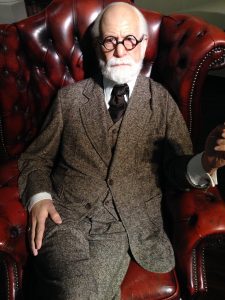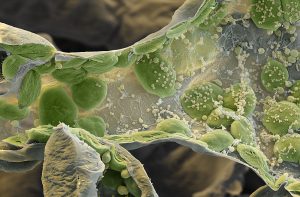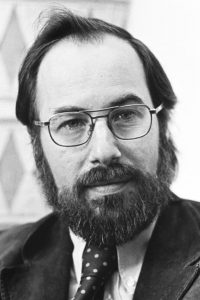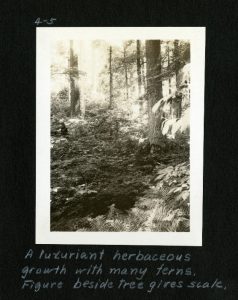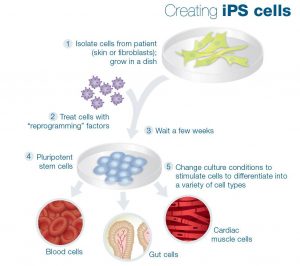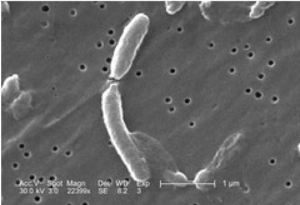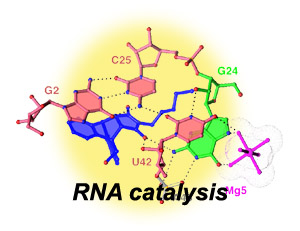PAUL STAMETS BY HANNAH MAYES

Fig. 1. “File:Paul Stamets with Agarikon.jpg” by Howcheng https://ccsearch.creativecommons.org/photos/3428eee3-5631-476d-b925-b98d6962414e
After reading from several articles I found “return of the fungi” by Andy isaacc illustrated stamets the best for my research. Paul staemts faced hardships and insecurities his whole childhood and so he did not think his life was going anywhere. He had a troublesome stutter and so he felt alienated among his peers. On one fateful night stamets ingested psychedelic mushrooms, the next morning after along drug induced night he discovered he had conquered his speech impediment. Because of this experience he developed a fascination with fungi and the possible benefits. Paul first went to college but dropped out for work, He eventually graduated from evergreen state college where he studied Biology and electron microscopy. When he could not enter grad school He started his own fungi based company, ‘Fungi Perfecti’; a company that prides itself on maintaining and selling edible and medicinal mushrooms. (Isaacc)
Paul now can be found roaming the forest floors of the Pacific northwest with his with dusty, searching for mushrooms he can use in his research. Most recently he has received attention for his work in fighting to save the bees by using red reishi and amadou which are species of a wood conk mushroom. The mushrooms help because they have a resistance against a virus that has been wiping out bee populations across the county. ( Stamets)
Other notable things in his work include his research of agarikon which has been proven resistant to smallpox, bird flu, and Tuberculosis. He also discovered that a part of the oyster mushroom can be used to turn waste from oil spills or farmer run off into stable soil (Isaacc). Paul Stamets is a unique and special scientist because he proves that anyone can start off from nothing and become somebody who can make themselves proud.
Works Citations
Isaacson, Andy. “Return of the fungi: Paul Stamets is on a quest to find an endangered mushroom that could cure smallpox, TB, and even bird flu. Can he unlock its secrets before deforestation and climate change wipe it out?” Mother Jones, Nov.-Dec. 2009, p. 70+. Gale In Context: College, https://link-gale-com.lcc.idm.oclc.org/apps/doc/A210919980/CSIC?u=lom_lansingcc&sid=CSIC&xid=bf9fd728. Accessed 28 Sept. 2019.
Stamets, Paul. “Saving Bees With Mushrooms.” New York Times, 30 Dec. 2018, p. 4(L). Gale In Context: College, https://link-gale-com.lcc.idm.oclc.org/apps/doc/A567692441/CSIC?u=lom_lansingcc&sid=CSIC&xid=5928b950. Accessed 28 Sept. 2019.
“File:Paul Stamets with Agarikon.jpg” by Howcheng is licensed under CC BY 3.0
